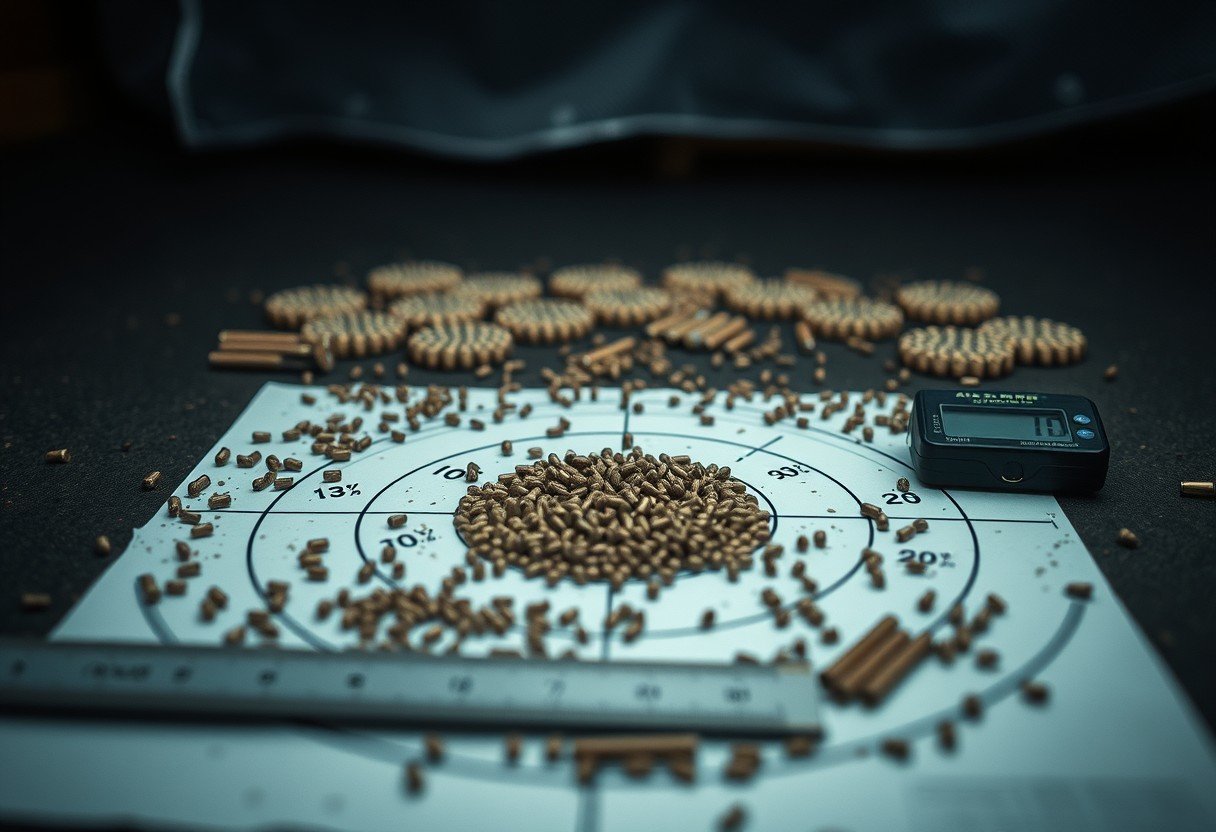In the world of football, coaches and fans often debate the best way to win. Is it fast counter-attacks or a solid defense? One strategy that consistently proves its worth, especially over a long season, is the possession game. This approach focuses on keeping the ball to control the game’s pace, create scoring opportunities, and limit the opponent’s chances. Let’s explore why this method is a proven formula for long-term success in football.
What Exactly is a Possession-Based Game?
Ball possession is simply the amount of time a team has control of the football during a match, usually shown as a percentage. A team that plays a possession-based game aims to dominate this statistic.
This style involves more than just passing the ball around. Teams often press their opponents high up the field to win the ball back quickly after losing it. As a result, the team’s defensive line usually sits much higher, often around the halfway line.
This high defensive line is both a strength and a weakness. While it helps keep pressure on the opponent, it can leave the team vulnerable to fast counter-attacks if they lose the ball in a bad position.
The Common Misconception About Ball Possession
While many successful modern teams prioritize possession, it’s not the only path to victory. The idea that you must have the ball to win is a common misconception. For years, many successful teams, particularly from Italy, have won major European trophies without focusing on high possession stats.
These teams often rely on strong defensive organization, tactical discipline, and quick, deadly counter-attacks. This proves that while possession is a powerful tool, a team’s success ultimately depends on how well they execute their chosen strategy, whatever it may be.
Why Do We Even Track Possession Stats?
Football matches are long, and for extended periods, not much might seem to be happening. In an age of instant entertainment, a 90-minute game with few goals can be a tough sell. This is where statistics, or ‘key performance indicators’, come into play.
Possession, shots on target, and pass completion rates help tell the story of the game. They give fans and analysts a way to measure which team is in control and how the game might end, even when the scoreboard doesn’t reflect it yet.
The Direct Link Between Possession and Winning Matches
Over the course of a long season, the evidence is clear. Clubs that had more belonging ruled the best end of the group and those that didn’t were bound to battle transfer. A higher average possession rate strongly correlates with a higher position in the league table.
Simply put, keeping the ball is a reliable strategy for winning football matches and, just as importantly, for not losing them. Holding onto possession means the other team can’t score. This control over the game naturally leads to a more successful season.
| Team Strategy | Typical Season Outcome | Key Advantage |
| High Possession | Higher League Finish | Controls game, more shots |
| Low Possession (Counter-Attack) | Variable / Mid-table | Can be effective in single games |
This isn’t just a theory; it’s backed by data from leagues all over the world. More possession and fewer turnovers are hallmarks of a successful campaign.
How Keeping the Ball Creates More Scoring Chances
The main reason possession pays off is simple: it increases the number of goals you score and limits the number you concede. The key difference between successful and unsuccessful teams is often not how well they finish their chances, but how many chances they create.
Successful teams generate significantly more shots than struggling teams. You will always score more goals if you take more shots, and you get more shots when you control the ball.
A possession-based strategy directly leads to more opportunities because:
- It gives your attackers more time to find space and openings in the defense.
- It wears down the opposition, who have to constantly chase the ball.
- It allows your team to control the tempo of the game, speeding up or slowing down as needed.
Whether it’s through tactical discipline or superior skill, holding onto the ball is the foundation for creating more goal-scoring chances.
Is Possession Football the Only Way to Succeed?
Absolutely not. As mentioned, counter-attacking and defensive-minded teams can achieve great success. Football is a diverse sport with many different philosophies that can lead to a win on any given day.
However, for achieving consistent results over a 38-game league season, a strong possession game provides a solid foundation. It reduces the element of luck and gives a team greater control over its own destiny. While a quick counter-attack can win a single match, controlling the ball is a proven strategy for winning a championship.
Frequently Asked Questions
What is the main advantage of possession football?
The main advantage is control. By keeping the ball, a team dictates the pace of the game, creates more scoring chances for themselves, and limits the opportunities for their opponents to attack.
Do teams with high possession always win?
No, not always. A team with high possession can still lose a single match, especially to a well-organized team that is effective on the counter-attack. However, over an entire season, higher possession strongly correlates with more wins.
What is a high defensive line in football?
A high defensive line is when a team’s defenders position themselves near the halfway line instead of closer to their own goal. This tactic supports a high press and helps to keep the play contained in the opponent’s half.
How does possession lead to fewer goals conceded?
The logic is very simple: if your team has the ball, the other team cannot score. It is the most effective form of defense because it prevents the opposition from even creating a chance to shoot.
Why is possession so important for a team’s long-term success?
Over a long season, possession football provides consistency. It reduces reliance on luck or single moments of brilliance by establishing control, which leads to more shots, more goals, and ultimately, more points in the league table.









Leave a Comment